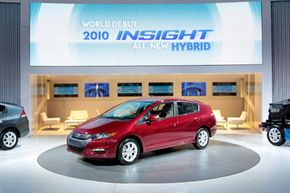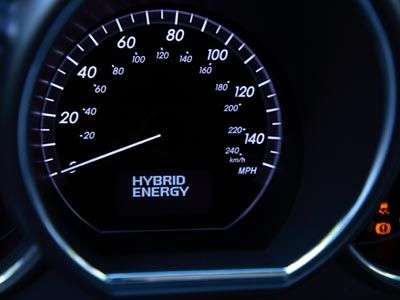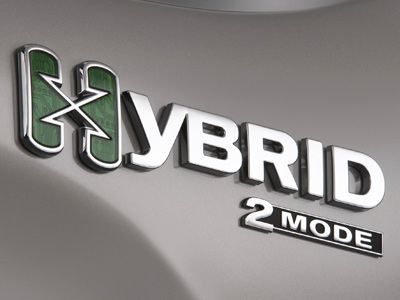Hybrid cars are fuel-efficient vehicles that get fantastic gas mileage through the combined use of new technology and simple physics. Aerodynamic bodies, for instance, create much less air resistance as the car moves down the road, and lightweight materials only further the effort. The tires on hybrid cars are often the low-rolling-resistance type, and even the simple act of stopping the car is more efficient, too. You see, regenerative braking allows the vehicle to capture its own kinetic energy to increase fuel efficiency.
To put it in the simplest of terms, kinetic energy is the energy of motion. Anything that moves, like the wheel of a car, has kinetic energy. In the specific case of the wheels on a hybrid car, or any car for that matter, the kinetic energy is rotational -- and as everyone knows (please feel free to sing as you read the next line), the wheels on the car go round and round.
Advertisement
Most hybrid cars on the market today have regenerative braking systems that make good use of this kinetic energy. Regenerative braking systems can be used by full hybrids, which can operate in all-electric mode for short periods of time, or by mild hybrid vehicles, which make use of advanced systems like idle-stop technology, sometimes called start-stop technology. But regardless of the specific type of hybrid vehicle, full or mild, they both benefit from regenerative braking.
Anytime a vehicle can use energy other than gasoline, including kinetic energy, the fuel efficiency of that vehicle will increase. Up next, let's take a closer look at how regenerative brakes make eco-friendly driving possible.
Advertisement



